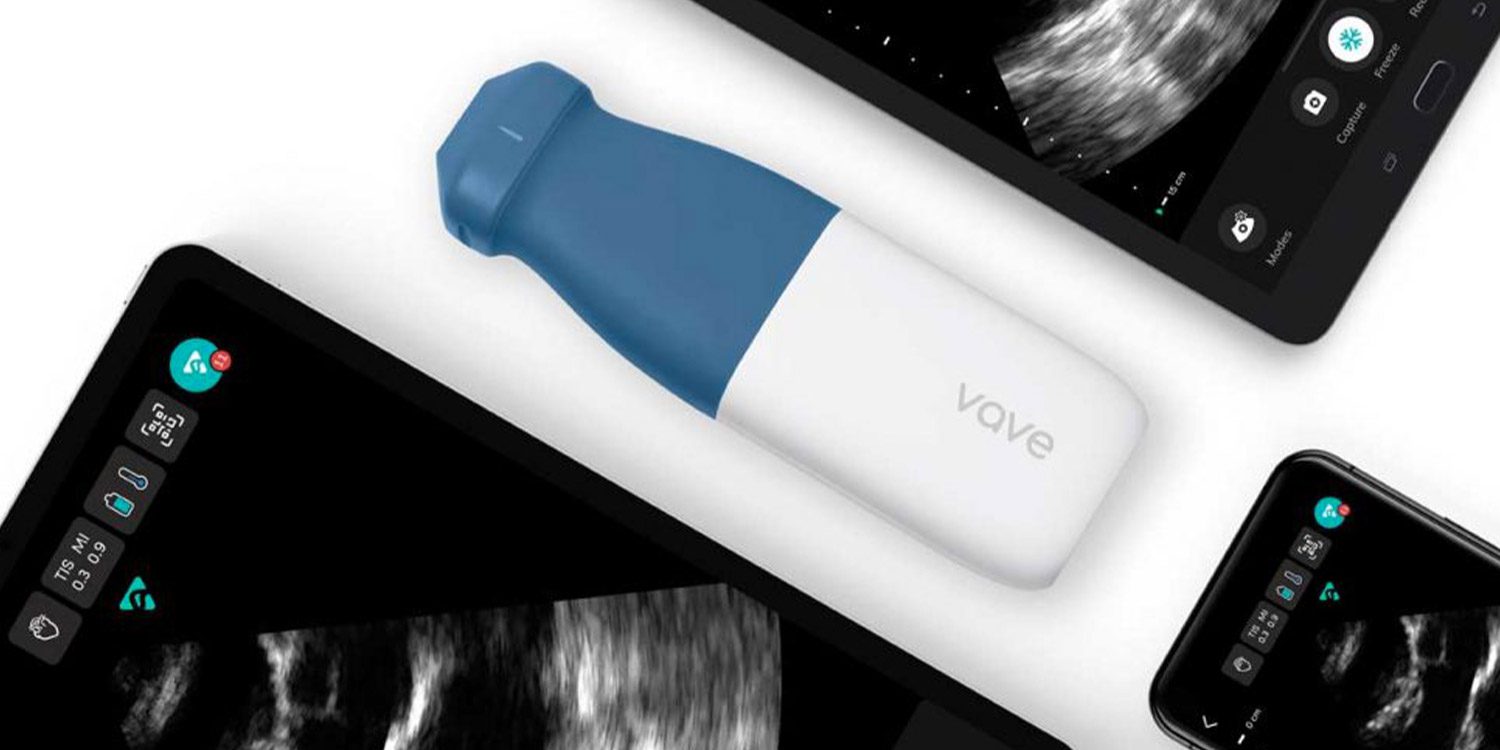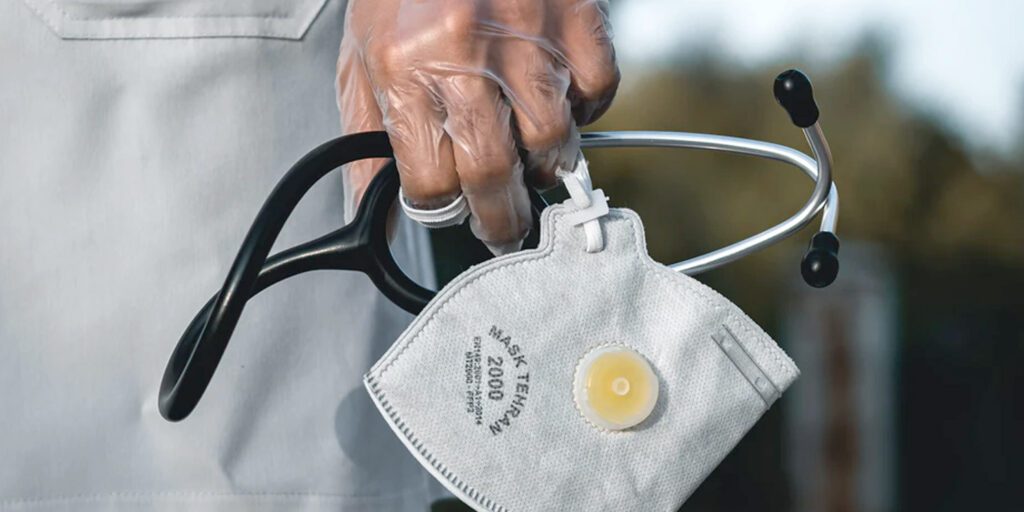Medical technology is a fast-moving, evolving process that sees advances on a constant basis. Yet, for all the new devices that appear at the bedside or in clinician’s offices, there is still a reliance on older devices for patient care — particularly in diagnostics. The stethoscope is the most widespread example of this––long seen as the zeitgeist of medical care, it’s rare to see a healthcare provider without one. This simple amplifier allows the users (usually general practitioners and nurses) to hear the mechanics of the body in a process known as auscultation. A medical exam conducted with auscultation is usually conducted in order to determine blockages in the blood vessels: in cardiology, to ensure the heart is beating at a regular rhythm, and with a sphygmomanometer, to check blood pressure.
The competence and diagnostic accuracy of the stethoscope should be under question, however. The device is a little outdated, and preliminary scans often miss potential problems, or simply act as a formality to another medical examination, like an echocardiography (ECG) exam. Covid-19 brought forth further problems associated with the use of these medical devices, as well as the growing necessity for other methods of gathering medical insights.
Covid-19 and the Problem with Diagnostic Accuracy
As any medical student can attest, diagnostic accuracy is never 100% correct on a preliminary exam. Ultimately, determination of a medical ailment can only be achieved after rigorous testing. However, if one can get as close as possible from a physical examination, then the route to treatment can be a lot more streamlined. Referrals to a hospital’s outpatient care facilities wouldn’t necessarily decrease, but the patient’s time in the hospital would, if the specificity of the initial exams was better.
Covid-19 brought restrictions––social distancing, prohibiting unnecessary travel, and cancellation of appointments being the most widespread. Although general practitioners would still see patients, they too were restricted by efforts to curb the coronavirus pandemic; If possible, social distancing was to remain absolute, and physical contact was deterred. A lack of PPE in general practices and emergency departments was also a cause for concern, and thus the use of the stethoscope (which requires the amplifier to be placed on the patient’s chest), was certainly problematic. Furthermore, the specificity of auscultation to determine the effects of Covid-19 on the respiratory system of those who had it, was not ideal, as its diagnostic capabilities are limited.
Ultrasound Technology
Ultrasound at the point-of-care, (also known as ‘point-of-care ultrasound’, or POCUS) is one potential solution to the lack of specificity in auscultation. Ultrasound, which also goes by the terms ‘sonography’ or ‘ultrasonography’, is the projection of high-frequency sound waves through the subject and the capturing of echoes reflected off their internal tissue. These echoes are imaged in real-time, allowing someone performing an ultrasound examination to see a much clearer depiction of any internal issues that warrant further examination, emergency intervention, or admittance to an intensive care unit. Smaller problems, such as tumors, blockages in arteries and veins, or abdomen issues, such as kidney stones, which are often missed through a stethoscope-led scan, are much more obvious with an ultrasound machine.
For the most part, the most recognized use of this process is in prenatal care ultrasonography. As a diagnostic tool, however, the use of POCUS is growing due to its specificity, and because they are safe in comparison to other internal imaging like x-rays and radiology––both of which involve exposing a patient to potentially dangerous ionized particles. Furthermore, the use of ultrasonography helps health care providers to see the best patient outcomes from any internal medicine or treatment that they give or if any treatments should be avoided.

Vave’s Solution – Miniature Ultrasound Machines
Despite its many potential pros in diagnoses, the use of ultrasound at the point of care is still low in the United States at present. Though medical professionals use ultrasound machines as a standard for checking everything from deep venous thrombosis to pulmonary edema, and for capillary wear-and-tear in the extremities of diabetic patients, the use of ultrasound technology as a diagnostic tool is slim.
Vave, however, is simple––a portable ultrasound which can fit in the pocket of medical professionals, allowing for more point-of-care ultrasound (POCUS) examinations and less reliance on clinical decisions made by outpatient departments. These can be used to help Covid-19 patients, as the physical contact is minimized and a bedside ultrasound is easily performed. In addition, emergency physicians can administer an ultrasound scan in the emergency department, or paramedics can provide critical care at the scene of a medical emergency.
Plus, VaveCast allows the image generated from the pocket ultrasound device to be shared with another consultant for differential diagnoses and second opinions or with medical students as part of their medical education.
Ongoing Improvements
The handheld ultrasound is not a new concept, but Vave’s subscription service is a fresh take. With no capital expense, the low-cost service includes ongoing software updates which add new features and continuously improve imaging quality, allowing medical practitioners the ability to stay ahead of their final diagnosis and other technological advancements. A bedside ultrasound solution will be much easier than other methods, and immediate care ultrasonography will change the face of modern medicine.

